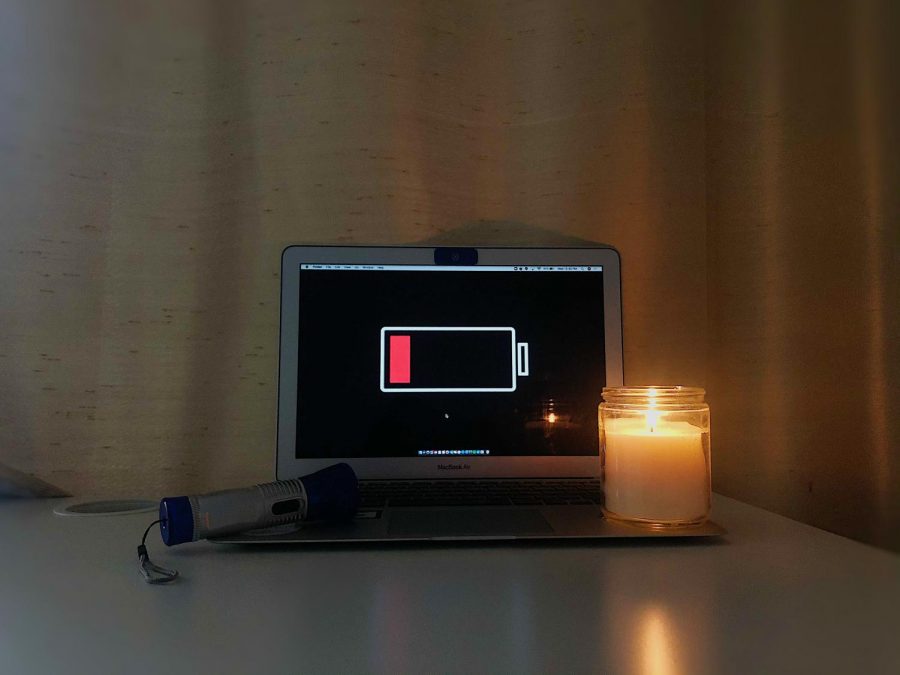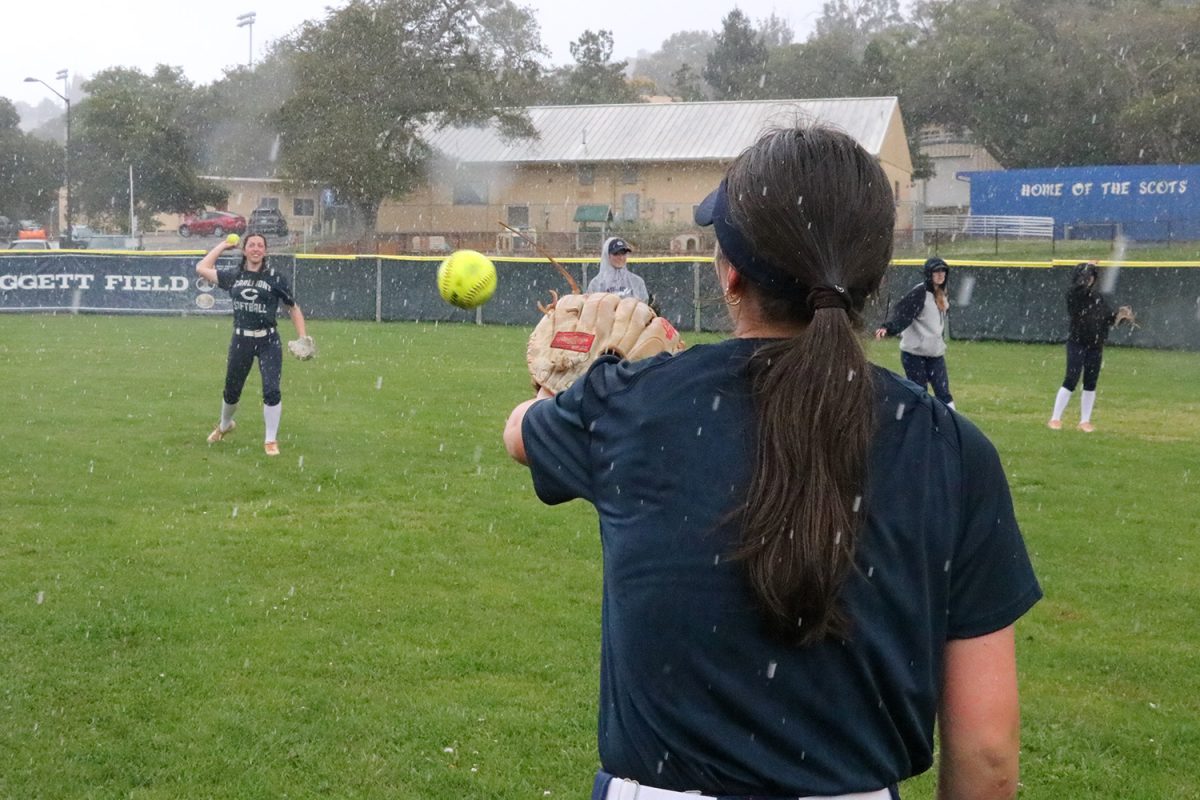Imagine getting out of bed to get ready for the day, sitting at a desk, and turning on a computer. A startling error message pops up in a failed attempt to join a class. The WiFi is down, and computers are nearly dead. The realization crosses the minds of students and faculty that the power is out, causing a day with no school for many.
This was the experience that many students encountered on Jan. 19.
On Monday night, a high wind advisory was declared as brutally rapid winds swept the Bay Area. As trees wavered and winds shrieked, a profuse number of power outages commenced.
The Carlmont High School campus was powerless until midday on Tuesday.
Due to COVID-19, students in California and many other places have transitioned to distance learning, where students are located at home and school is technology-based. Although most students were not on campus during the outage, many lost power at home. The incident left many students and teachers flustered and stressed.
One of the students affected by the power outages was sophomore Alice Finkelstein.
“The outage affected my distance learning because my alarm got turned off when the power went out, so I didn’t wake up on time. Additionally, the WiFi in my house was also out, so I initially couldn’t join my Zoom classes,” Finkelstein said. “Once I was able to connect to a backup WiFi network, I was able to join my classes, but my devices were running low on power. Thankfully, just as my computer was at 9% charge, the power came back on.”
While some students, such as Finkelstein, remained at home until their power was restored, others traveled to different locations searching for electricity.
“I experienced a power outage. I had to drive to San Jose so that I had power in order to take my classes. It was really stressful,” Emilie Brack, a sophomore, said.
Delaney Paulus, a junior, had a similar encounter with the power outage.
“My power was out at eight in the morning. My mom woke my brother and me up early, and she told us the WiFi cut out, so we were not going to be able to get on our Zoom’s,” Paulus said. “I had to go to a family friend’s house, and I took all of my calls from there because I couldn’t afford to miss my classes.”
The outages had extensive impacts that included teachers.
“Some of my teachers couldn’t log in on time for class,” Brack said. “Even when I got power and logged over my classes, there were some students missing in every class I had.”
Additionally, the outage’s significance was enhanced by the distance learning situation.
“We clearly wouldn’t have issues like this if we were on campus because everybody would be in one space. On-campus there have been WiFi issues, but not an incident like this,” Paulus said.
Finkelstein expanded on the relationship between distance learning and power outage.
“I believe that there would have been less of an impact if we were at Carlmont rather than taking online classes because, at school, our learning is less dependent on technology than it is during distance learning. For example, if the outage had occurred while we were at Carlmont, most teachers would be able to continue their lessons with students present, rather than what happened over Zoom where many students couldn’t even show up to class,” Finkelstein said.
Furthermore, the lack of electricity and WiFi isolates students from communication creating another stress factor.
“My calls wouldn’t go through, so it was hard to communicate with others,” Paulus said. “If I had a question or needed help, I couldn’t contact anyone.”
Paulus shared her potential approach towards future power outages.
“When you’re learning from home, it’s like your classroom, and you can’t control if there are power outages, so you have to be prepared,” Paulus said.












